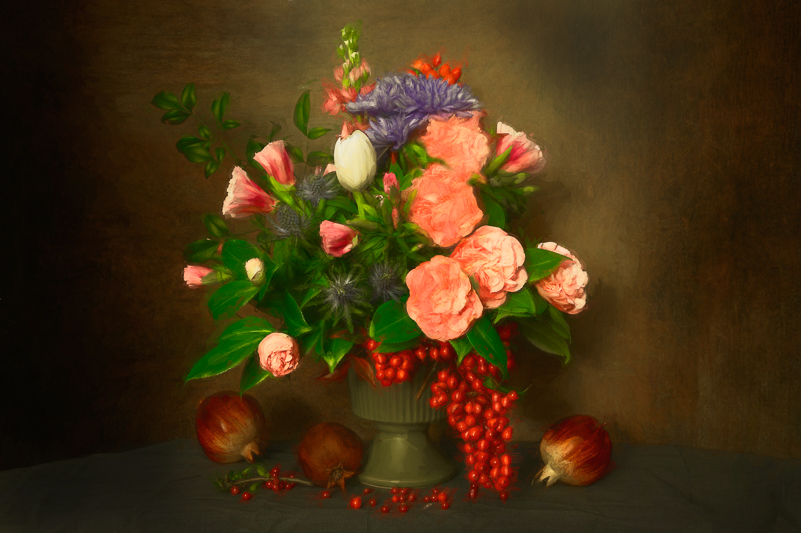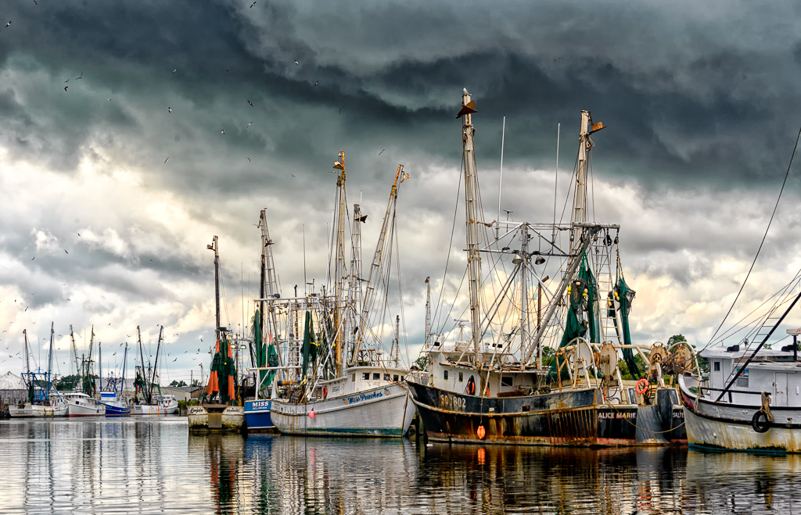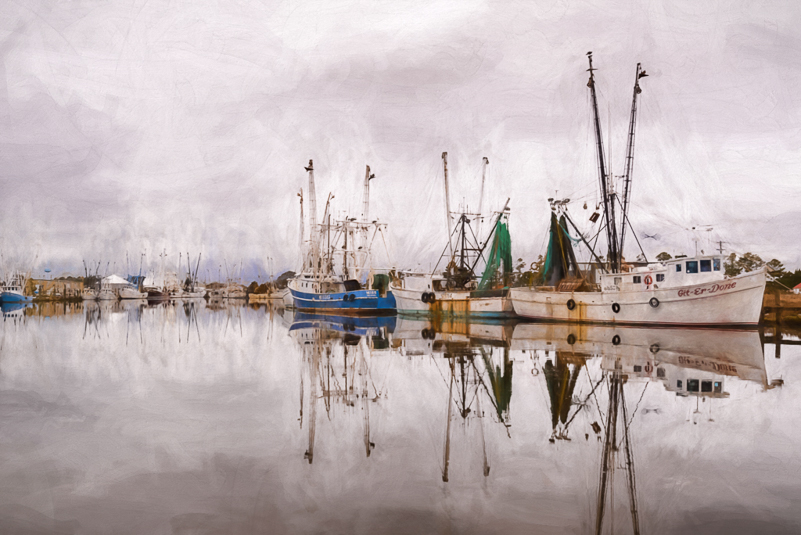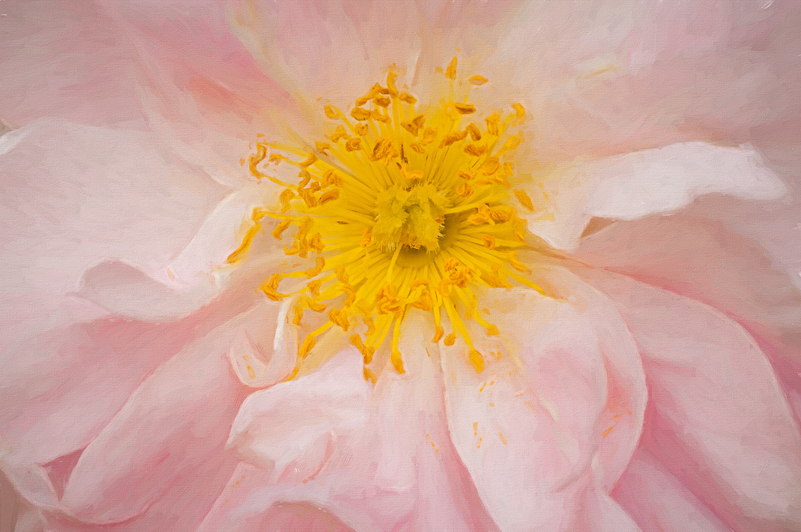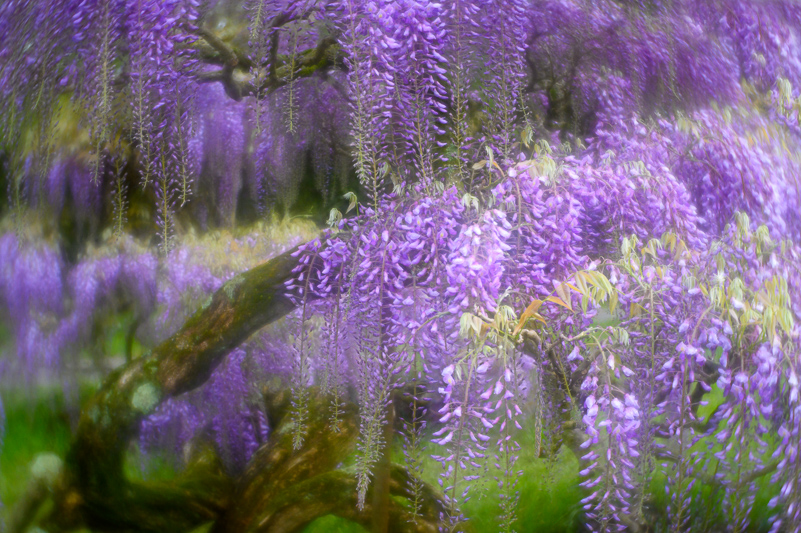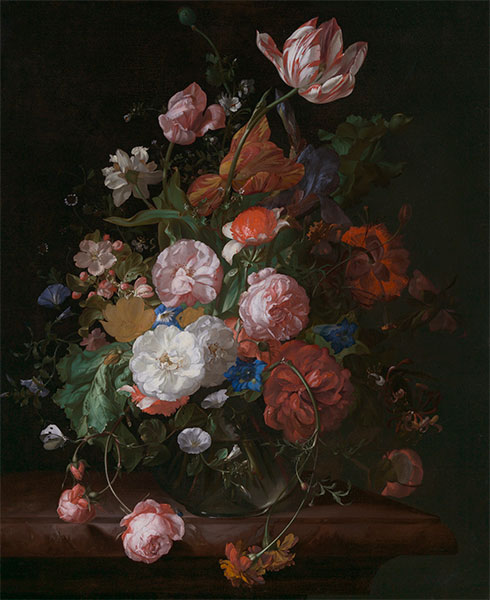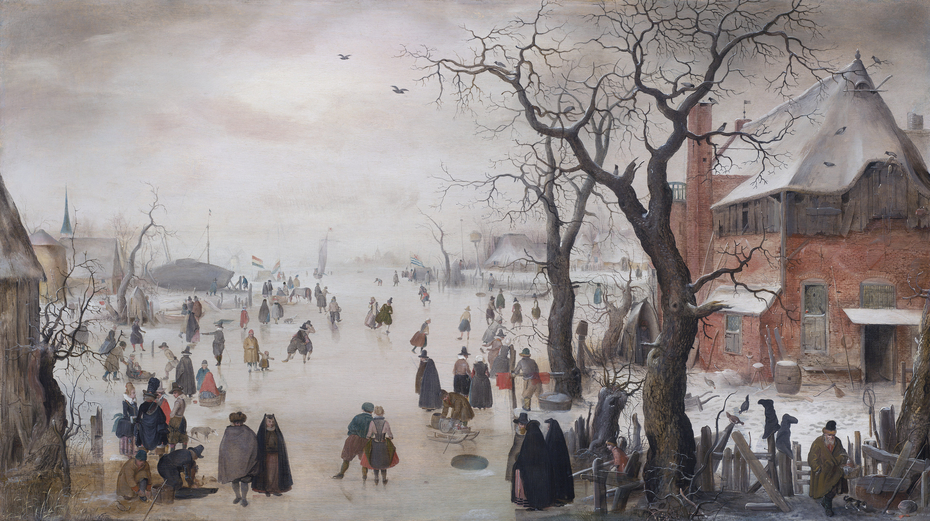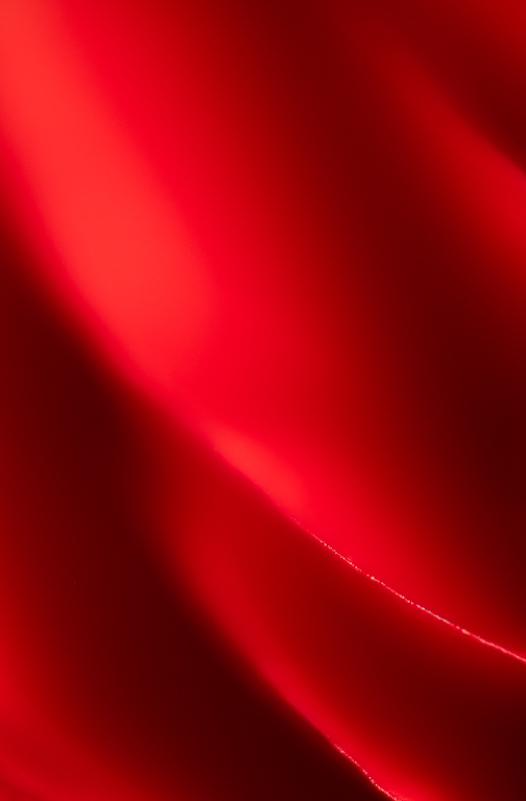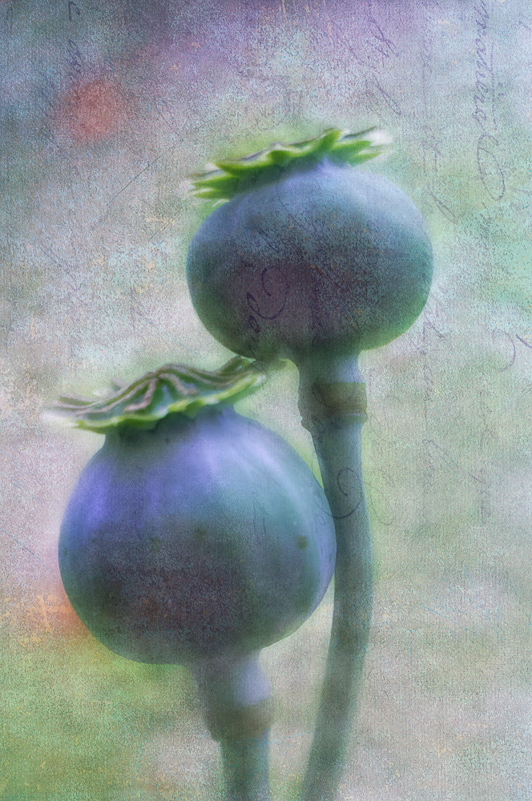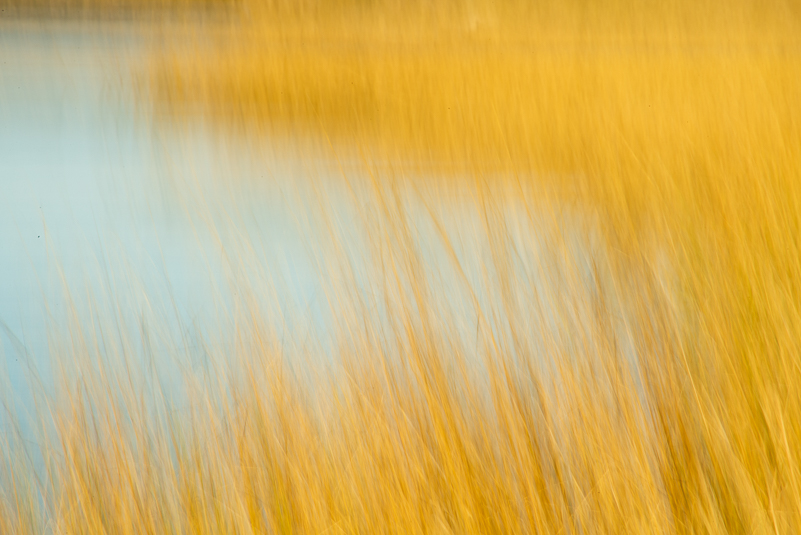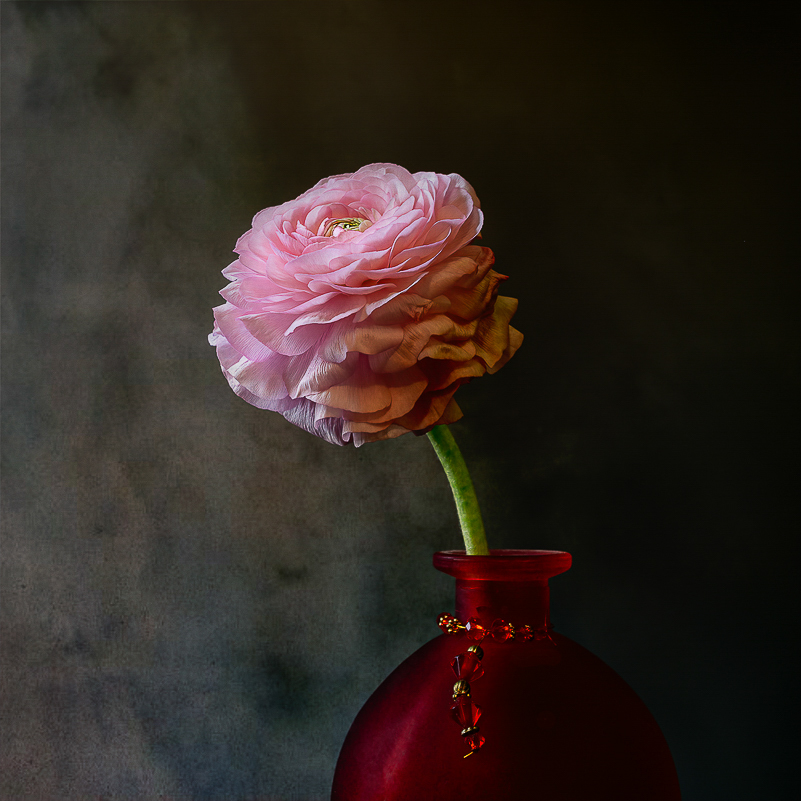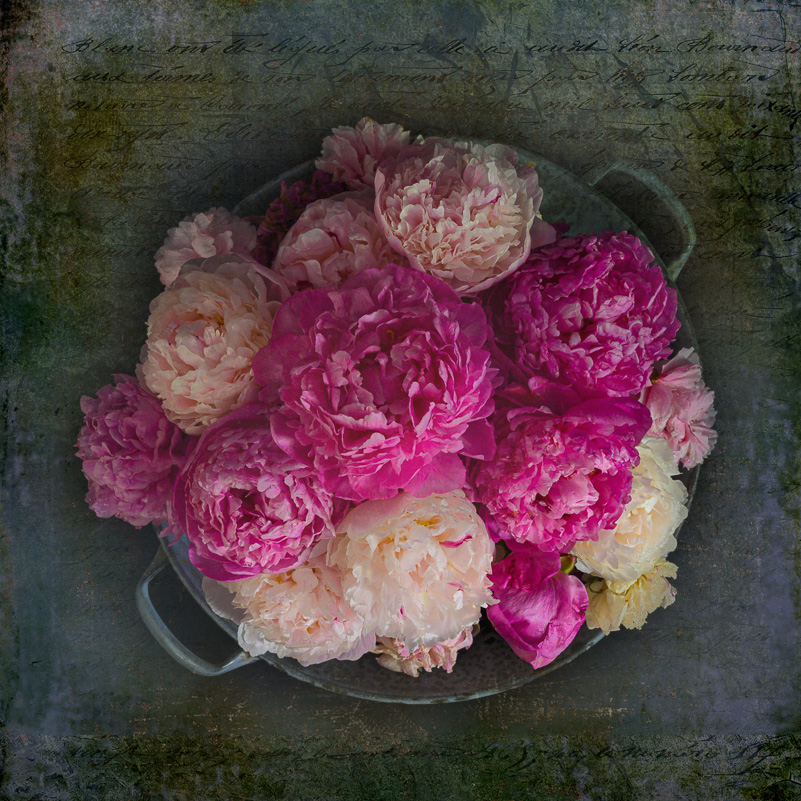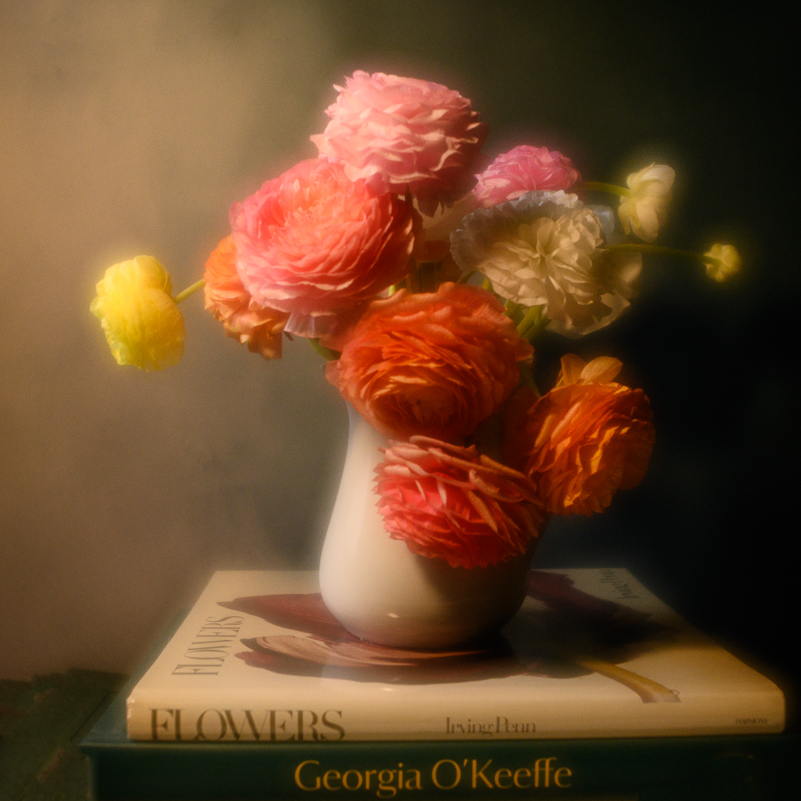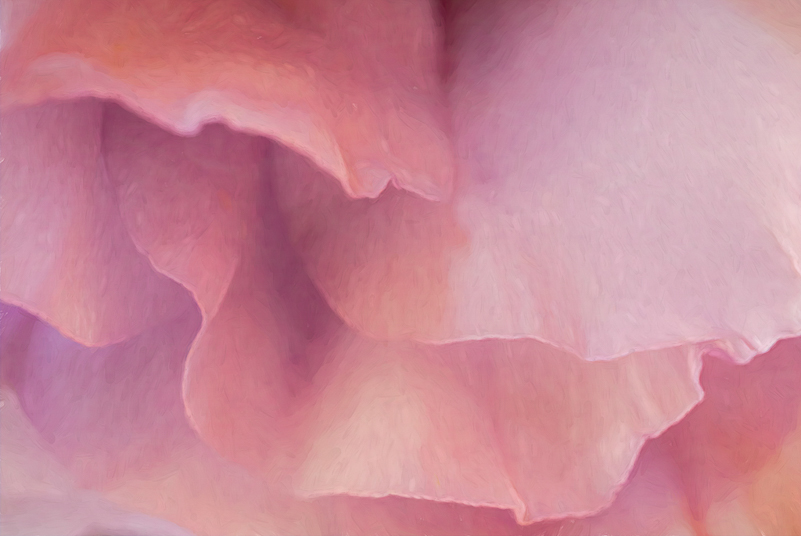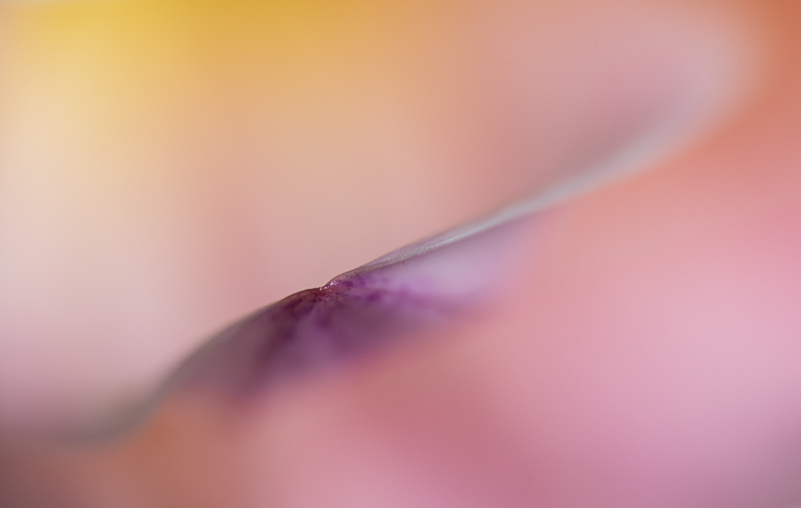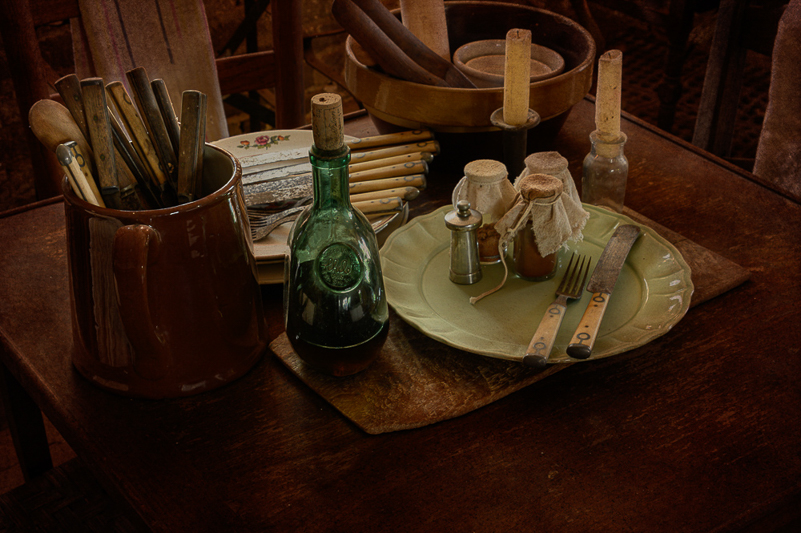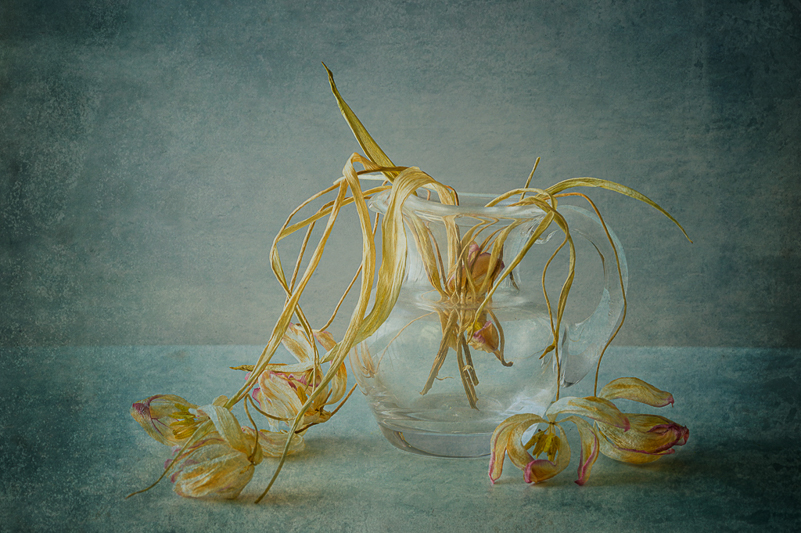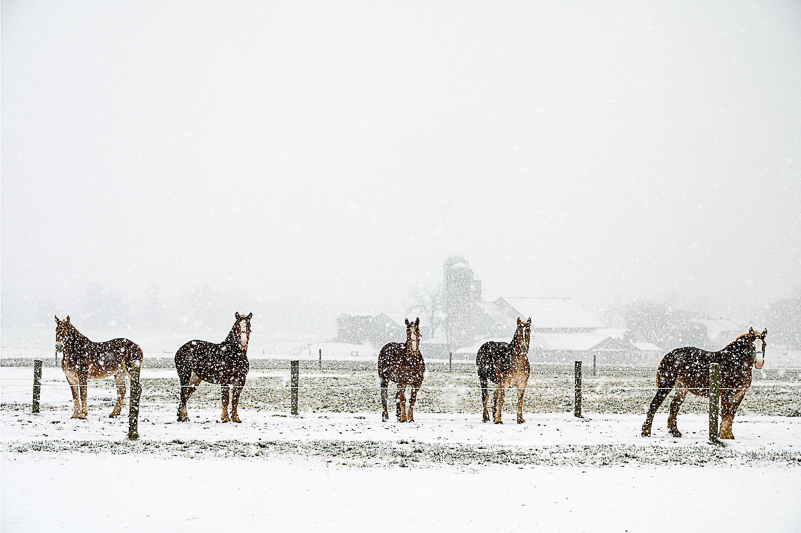Art washes away from the soul the dust of everyday life.
– Pablo Picasso
When you travel from one place to another, there’s a map. To be sure, there is always more than one way to get where you want to go. There’s the quickest way. There’s the way that avoids most delays. Lastly, there’s the meandering way that gets you “there” by way of backroads, shortcuts, dead-ends and detours. Unless you’re dead-set on an arrival time, and have a magic wand, most of us get to where we are going via the meander. Along the way there are folks who point us in a direction, lend a helping hand or walk beside us and show us the way.
I didn’t study art or photography, didn’t have a camera as a child and had not a clue that being a photographer would override my early love of words and writing. My path was shifted over thirty years ago with a challenging diagnosis and my first “real” camera. I meandered a lot. I’ve learned a lot from others and continue to be inspired to learn more. The magic in this visual art is that there’s no end to opportunities to imagine and create images that express ourselves.
NEVER IMMUNE TO INSPIRATION
It’s a never-ending process. Inspiration is everywhere, but what IS inspiration? Let’s start there.
Inspiration … the process of being mentally stimulated to do or feel something, especially to do something creative.
Inspiration gets its juice from the Latin word, “inspiratus,” which means “breathe into.” When we are inspired, we feel like we’ve been infused with new life, new energy. We are motivated. That’s how I feel.
I am inspired by many different things, abstract and concrete. I am inspired by beauty as I perceive it. Sometimes that includes a state of perfection in something; other times it’s all about seeing beauty in broken things. I’m inspired by nature – by all its colors, shapes, textures, light and shadows – and the miracles of art in nature. I’m inspired by flowers, trees, pathways and all the living things of the forest, gardens, streams, rivers and oceans. A walk outdoors is always good for my mind, body and soul and nearly always sends me home with a new outlook or ideas.
I’m inspired by art of all kinds, but mostly paintings and photographs. At least for me, these art forms resonate. They express both literal and abstract emotional concepts that inspire me to dig deeper, to explore more and to experiment with techniques and approaches I may not have tried without having exposure. I’m inspired by details, by the big pictures, by long exposures and motion. I’m inspired by other artists, their work and their stories. And, apparently, I’m inspired consistently by painters in surprisingly different ways.
Over the last five years, I’ve made a few trips to the North Carolina Museum of Art in Raleigh. Each time I have been inspired, even when I knew nothing about the art or artists. In 2019, it was “The Beyond Georgia O’Keeffe and Contemporary Art” exhibit. I learned much more about one of my favorite artists than I anticipated. Last year it was the “A Modern Vison, European Masterworks, from the Phillips Collection.” Here I saw some amazing pieces, including the dancers by Degas, but also a Van Gogh that I had never seen before, The Road Menders. I immediately recognized his brush strokes, and this led me to study all the painters’ brush strokes in the exhibit. It was incredible to see how each collection of brush strokes on the canvases came together to create amazing works (whether I liked them or not.) This visit inspired me to write a blog, Connecting With Brush Strokes.
Just a few weeks ago, I made a visit to the museum for the “Dutch Art in a Global World.” Here I was introduced to two artists that are inspiring in different ways – Rachel Ruysch and Hendricks Evercamp. These two painters could not be more different to me in their styles or subjects, and both far outshined any Rembrandt in the exhibit for me. Why? I connected with Rachel because of her still life flower paintings, which are so different from the way I typically photograph flowers. Much of my style leans toward soft focus, ethereal and smaller details. Rachel’s flower portraits are filled with dramatic color, texture, details, curves and mostly darker backgrounds. So different and so beautiful. In addition, she was the first female to be offered membership in the Confrerie Pictura in the Hague (an exclusive club of artists and academics). She was considered the greatest tulip and flower painter of the Dutch Golden Age.
And, then there’s Evercamp, capturing the “Dutch Ice Age” with paintings filled with details and scenes of skaters on the river along with all measure of ordinary life. He has been described in some writings as the master of the winter landscape. I could see why. “Skaters on a Frozen River” held my attention. As I viewed it closely, I saw detail after detail, scene after scene that could have easily become another painting. The winterscapes took me back to my snowy childhoods, and the landscapes reminded me of photography instructors reminding me to look for smaller scenes within the larger ones.
Because of this last visit to the museum, I want to know more about each of these artists. However, I really want to learn more about Rachel Ruysch because of her flowers. What I have found so far, even with the small book about her art, only scratches the surface. I am intrigued and inspired.
INFLUENCE COMES IN MANY FORMS
When it comes to influence, that, too, is in abundant supply and appears in varying degrees of quality. It’s all a matter of perspective, and it helps to be particular when yielding to influence.
Influence is the capacity to have an effect on the character, development or behavior of someone or something, or the effect itself… or to have power to change or affect someone or something.
For this blog, let’s stick with the influence of art and nature and experiences. I’ve made time to visit the art museum. I’ve also been making time to do some serious cleaning out of my office, reviewing and culling slides I’ve made over twenty years ago. In doing so, I can see the changes not only in what I have photographed but also how I present my subjects (then and now). I can see the difference between images made when I was “winging it” and trying to teach myself through trial and error and when I began taking classes.
Even more, I can see the changes that began to happen when I met and learned from photographers Nancy Rotenberg and Freeman Patterson. I found Nancy by way of a single image and small ad in Outdoor Photographer. She was an early mentor for me with flowers, macro & close-up photography. She was an inspirer and an influence, and she taught me to be true to my vision. She also introduced me to Lensbaby early on. I found Freeman by way of Nancy, who was one of her mentors. My first experience with him was a slide program on composition at a NANPA Summit. There I learned about building images with shapes. I have most of his books and had the pleasure of immersing in a workshop with him finally in 2017. He is one who encourages creativity and play.
The beauty of seeing the influence of other artists is that the changes came with encouragement. I was encouraged to grow and develop the technical skills so that I could and would make images that expressed who I was and not ones that were mirror images of who I was inspired and influenced by. I learned much more from Nancy and Freeman than the technical. I learned to be more open, to feel free to play, experiment, slow down, see more, and to put what I feel in the frame – and to do it my way.
But for the inspiration and influence of others, none of us would advance in our own art. If you consider the many different periods or movements of art, each one came about by way of inspiration and influence along with independent thinking and expression. That is what opens our minds to different possibilities. We will have our favorite artists and styles and will feel and see their influence more in our work, but learning about others will help us fill our wells from which to draw on when we’re ready for a change. Impressionism is a favorite of mine, and I’m by no means an expert. The Dutch Golden Age is an area of study that I will dig into more deeply.
Now, after learning of Rachel Ruysch and viewing a single painting in the exhibit, I will explore more of her work and look to create images that reflect that style in my own flowers – not to copy, but to learn and grow. Because of Rachel, I learned of a modern photographer, Debi Shapiro, whose work reflects the Dutch Art influence in her flower portraits. Her new book, Beauty in Bloom, contains over 200 exquisite floral portraits that are truly inspirational and, again, so different from my own style of photographing flowers. If you love beauty and flowers, I highly recommend this book. I was not surprised when I read the Preface of her book that she was inspired by the Arts & Crafts Movement, William Morris, the Dutch Golden Age and Georgia O’Keeffe. (My Masters thesis introduced me to more than William Morris’ poetry.) Today, I am duly inspired and influenced by three artists I did not know before my last museum visit. Because of them, I will be encouraged to learn and grow and experiment with new ways to express my own love of flowers.
ENCOURAGEMENT – WHO NEEDS IT?
Well, isn’t that a silly question. The answer, of course, is that we all do. Interestingly, the word “encourage” has its root in an Old French (early 15th century) word “encoragier”, make strong, hearten – en-make, put in and corage – courage, heart.
The dictionary defines encourage as “to give support, confidence or hope to someone, to inspire with courage, spirit or hope.” It also mentions that encouragement “helps you overcome criticism.”
Just think of how much we would have missed of Van Gogh had he not had the support (including financial) and encouragement of his brother, Theo. What works of Monet would not have existed without the encouragement and instruction of his mentor, Eugene Boudin, who took him under his wing, on painting excursions and taught him “en plein air” painting. And what would we have never seen of Georgia O’Keeffe without the influence of Arthur Wesley Dow (artist and designer) or of her husband, Alfred Stieglitz (photographer and art dealer), who in 1918 gave O’Keeffe her first exhibition. O’Keeffe once said that Dow’s ideas were a light-bulb moment for her. She said that his ideas, “to put it simply, fill a space in a beautiful way.” And she did.
We all need encouragement and thrive with a few honest cheerleaders in our lives, regardless of what we do – art or otherwise. What would I have not done or tried without the influence and encouragement of so many. What would you have not done?
CREATIVE LIFE IS NOT A STRAIGHT PATH
Life may be on a continuum, but it is no straight line from beginning to end. The roads of inspiration, influence and encouragement are not one-way streets. Nor to they run in only one orderly fashion. They bend and flex with a process of give and take and grace. And every turn the roads make can be filled either with what we “expect,” but more often with surprises. We don’t always “realize” the impact of others immediately. Sometimes it takes may years before we’re able to connect the dots.
Over the course of my journey as a photographer (which was not my “plan”), I’ve saved many a print or slide that should have taken a sharp nosedive in the trash can long ago. I’ve enlarged and printed images that I now look at and say, “wow” (and not the wow that means the image is awesome). And, yet, those “wows” remind me of a time when I didn’t know what I didn’t know, when I hadn’t yet learned what I needed to know, and when I was doing the best I knew how.
Today, in the midst of a “deep clean” project, I can now do several things. I can look at those old images and recognize how far I have come and sometimes even remember who inspired that growth moment. I can let the lessons make me better in doing what I do now and pass them on to others. And, I can let those images go where they belong – into the “Deep Six” can. I have benefited greatly from many encouragers. I continue to be inspired by all who have come alongside me, and their influences remain. What is yet to come by way of others remains to be seen, but some parts will be revealed as I and my work evolves.
I feel certain that my next visit to an art exhibit will open my eyes, mind and heart further. There will be something else, unexpected, to add to my inspiration well. For now, I plan to slow down long enough to learn more about the Dutch Golden Age, about Rachel Ruysch and other floral still life painters of the period, embrace the darker backgrounds. I hope to take what I learn about Rachel and that style of floral portraiture to create images of my own. There is much to learn. Perhaps, in the process, I will discover a mentor of my own, either from the past or in the present.
Might I dip my own brush in paint? Have I been inspired that much? The answer is, “perhaps.” The doors and windows are open. Perhaps, I have found another muse … Where will you meet yours?

